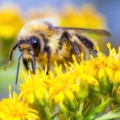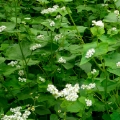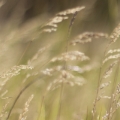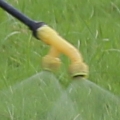Lupine Seeds - Perennial Wildflower

Flower Specifications
Approximate seeds per pound: 22,680
Season: Perennial
USDA Zones: 3 - 9
Height: 36 inches
Bloom Season: Spring through summer
Bloom Color: Violet blue
Environment: Full sun
Soil Type: Well-drained, pH 5.6 - 7.5
Deer Resistant: Yes
Latin Name: Lupinus Perennis
Planting Directions
Temperature: 55 - 70F
Average Germ Time: 14 - 35 days
Light Required: Yes
Depth: 1/8 inch
Sowing Rate: 15 ounces per 1,000 square feet or 40 pounds per acre
Moisture: Keep seed moist until germination
Plant Spacing: 18 inches
Care & Maintenance: Lupine
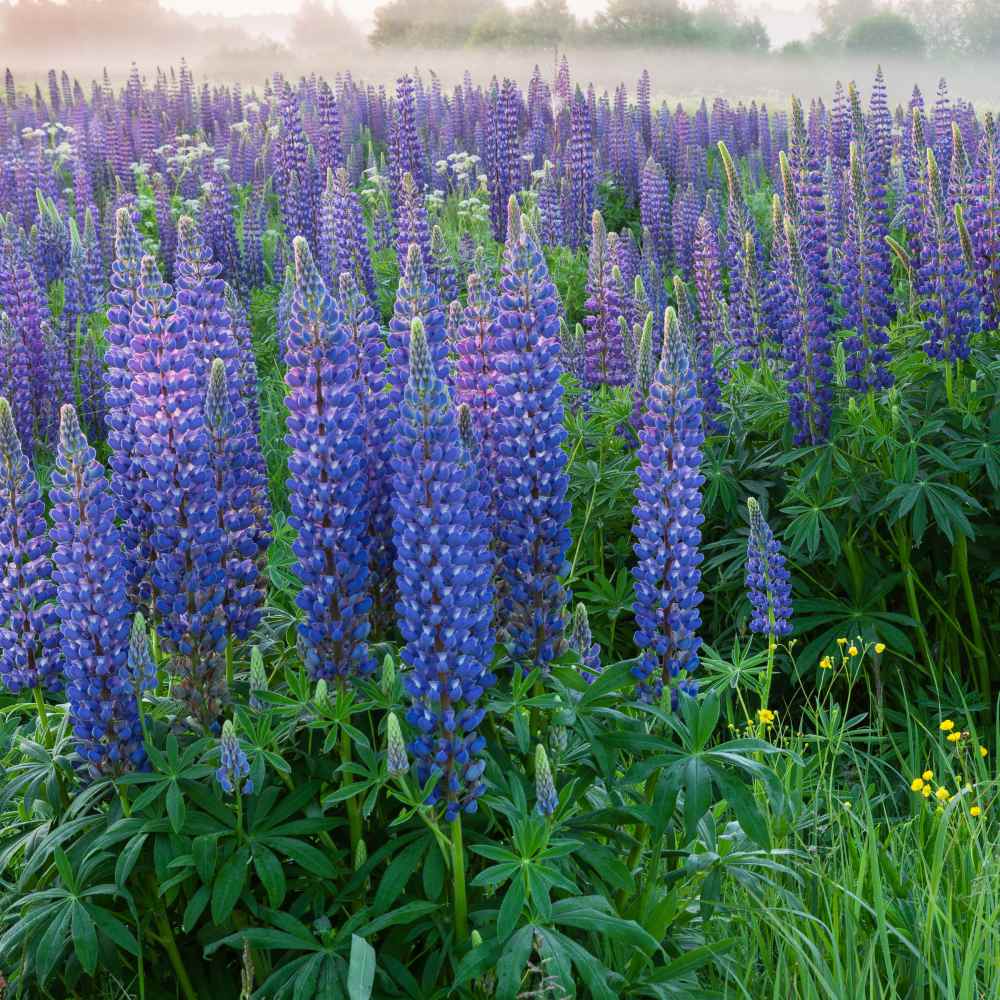
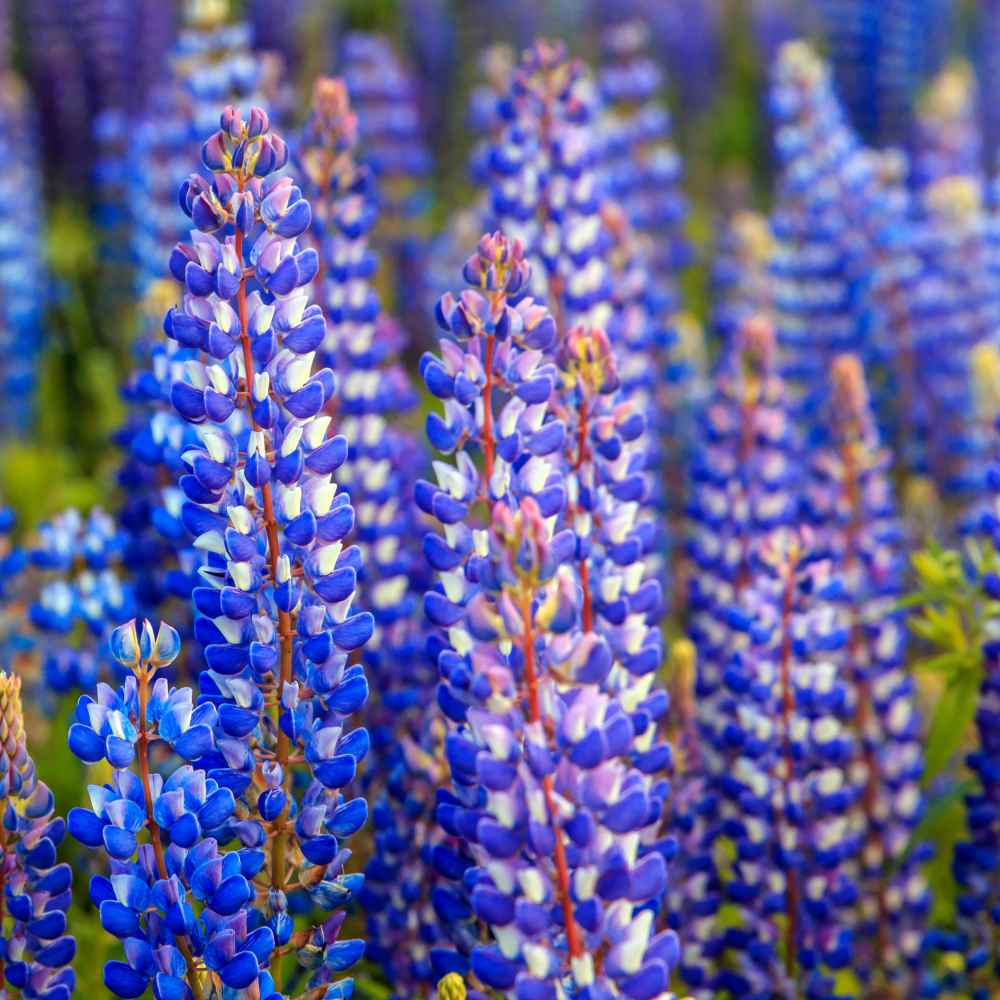
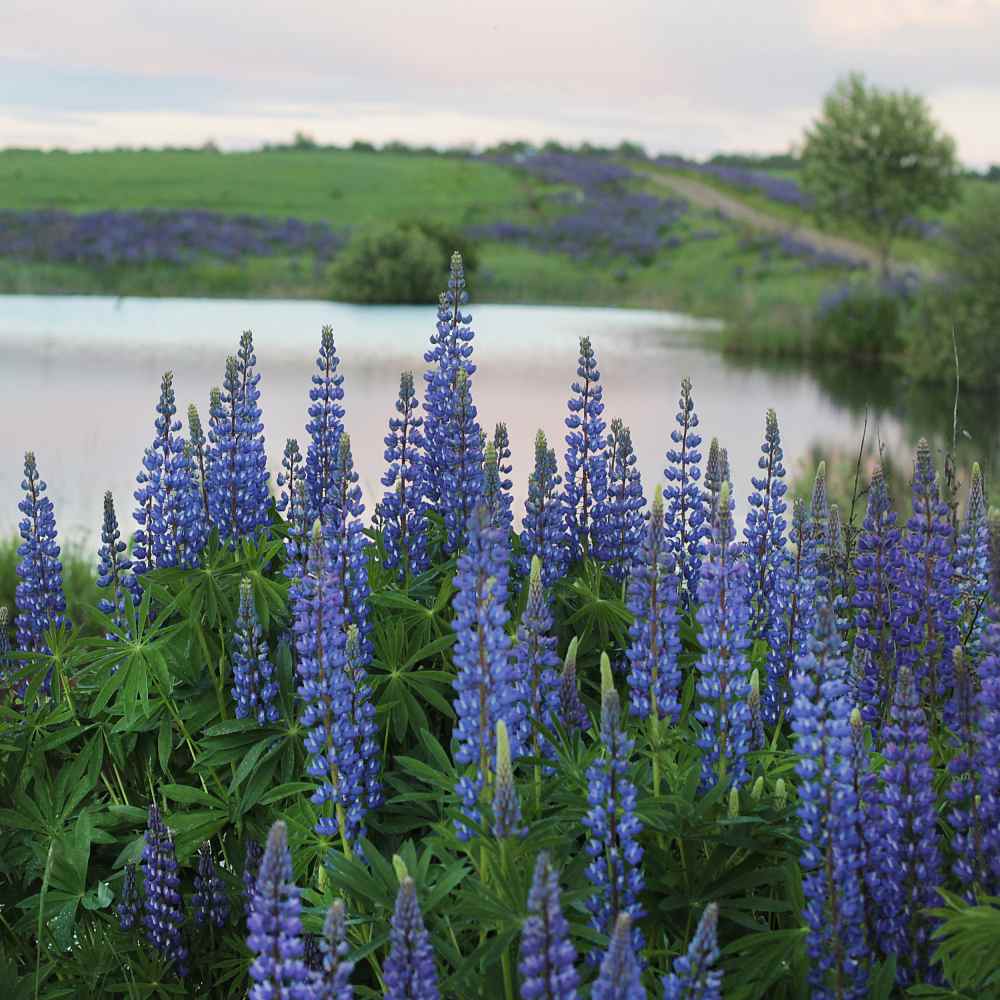
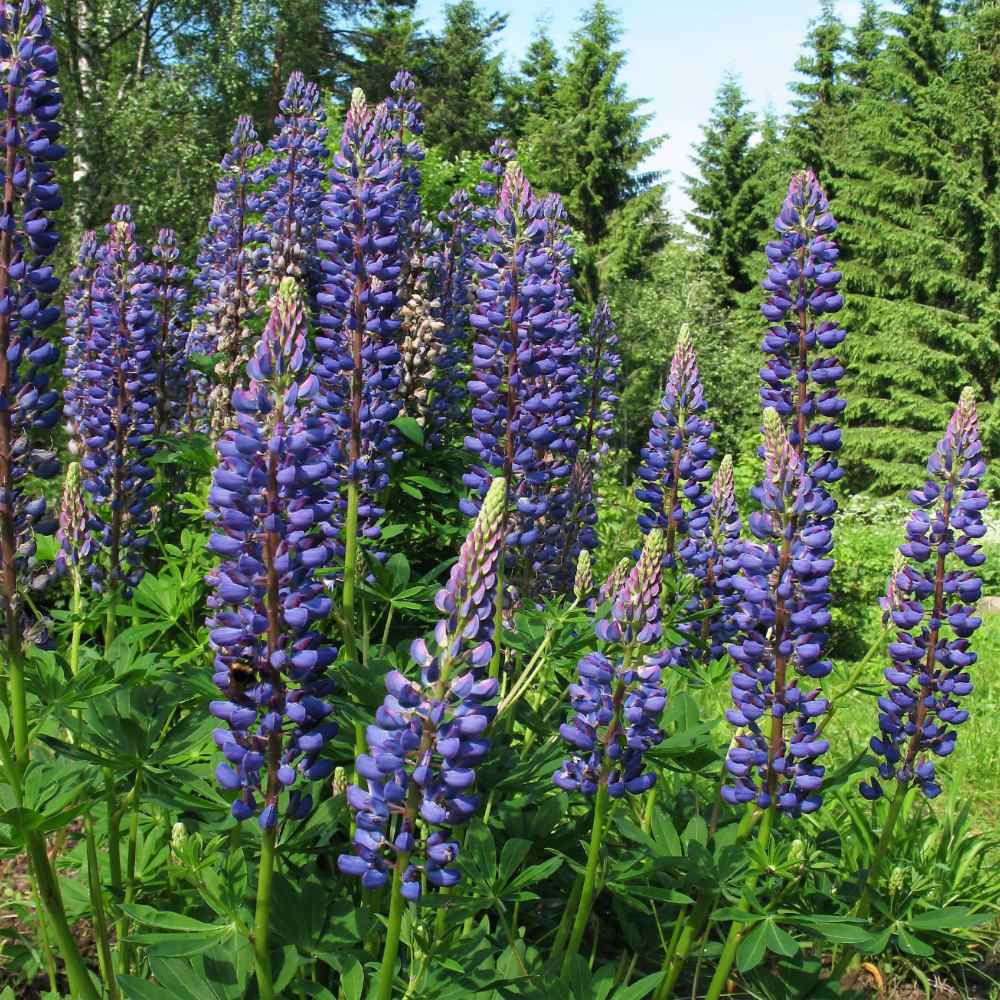
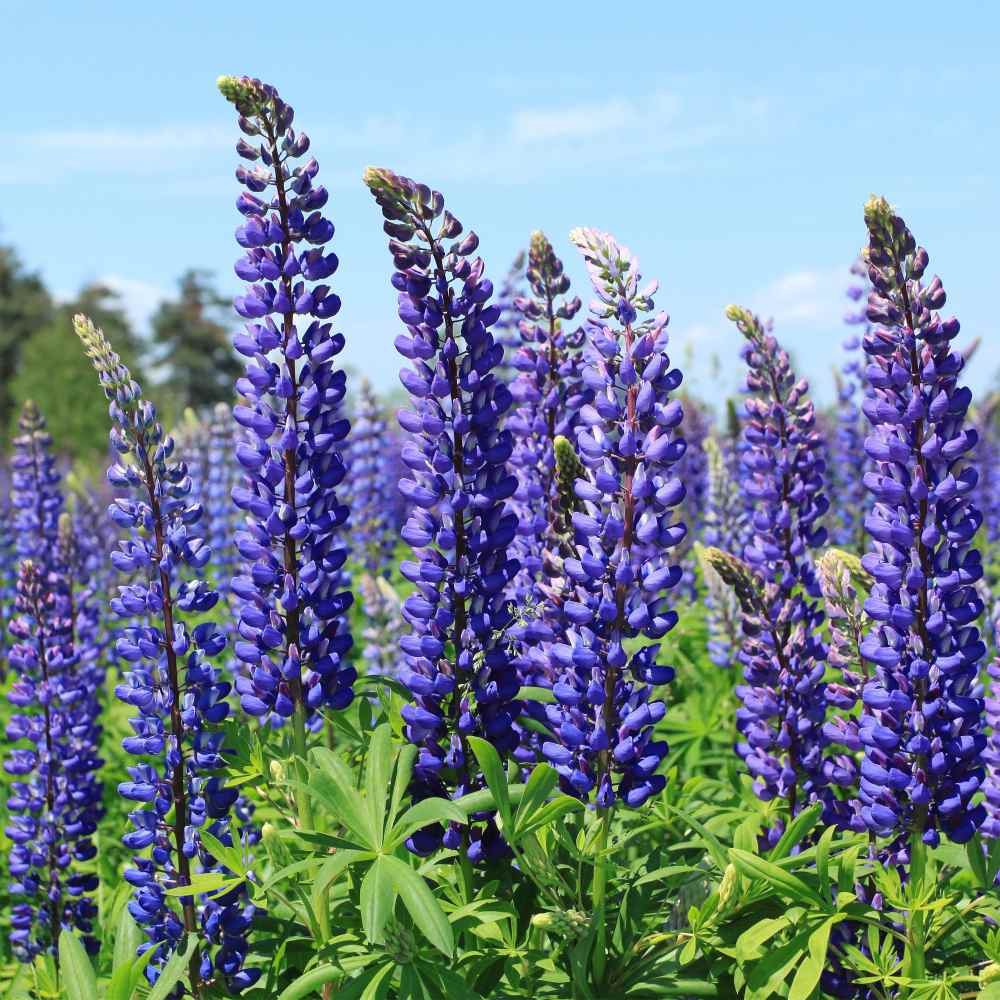
Lupine (Lupinus Perennis) - Bring beauty and interest to a natural setting by sowing Lupine wild flower seeds. These flowers stand up in clusters of spikes with sweet pea-shaped blooms. While this flowering plant is highly prominent in North America, species of Lupine grow throughout the world on nearly every continent. Wild Lupine are deer resistant and quickly take root and do best in drier soils with high acidity, sand content and drainage. Perennial Lupine has beautiful violet to blue blooms throughout Spring and Summer that attract bees, butterflies, and hummingbirds with their nectar. Lupine is perfect for sowing in garden beds or at the front of a meadow.
Soil benefits
These well-known perennials are legumes and can pull nitrogen from the atmosphere and add it to the soil.

Lupine seed | perennial
How to grow
How To Grow Perennial Lupine From Seed: Lupinus Perennis does best when grown in moderately fertile, light and slightly acidic, well-drained, sandy soil in full sun or partial shade. You may want to scratch the seed or soak them overnight in warm water before sowing.
Sow Lupine seeds directly outdoors in the late fall or early winter for blooms the following spring. You can sow in the spring, 4 – 6 weeks before your average last frost date, but your flowers will not bloom until late summer. You can add a layer of mulch to help retain moisture in the soil.
- Sowing Rate: 15 ounces per 1,000 square feet or 40 pounds per acre
- Average Germ Time: 14 - 35 days
- Keep moist until germination
- Attracts bees, butterflies and hummingbirds
- Depth: 1/8 inch

Flower Care
There is no need to add fertilizer to Lupine flowers, they have the ability to absorb nitrogen from the air and can grow well in nitrogen poor soil. Deadheading spent Lupine flowers will help to bring a second wave of blooms in early fall. If you want to encourage self-sowing, avoid deadheading and pruning to allow the plants to form seedpods.
- Height: 36 inches
- USDA Zones: 3 - 9
- Season: Perennial
- Deer Resistant: Yes

